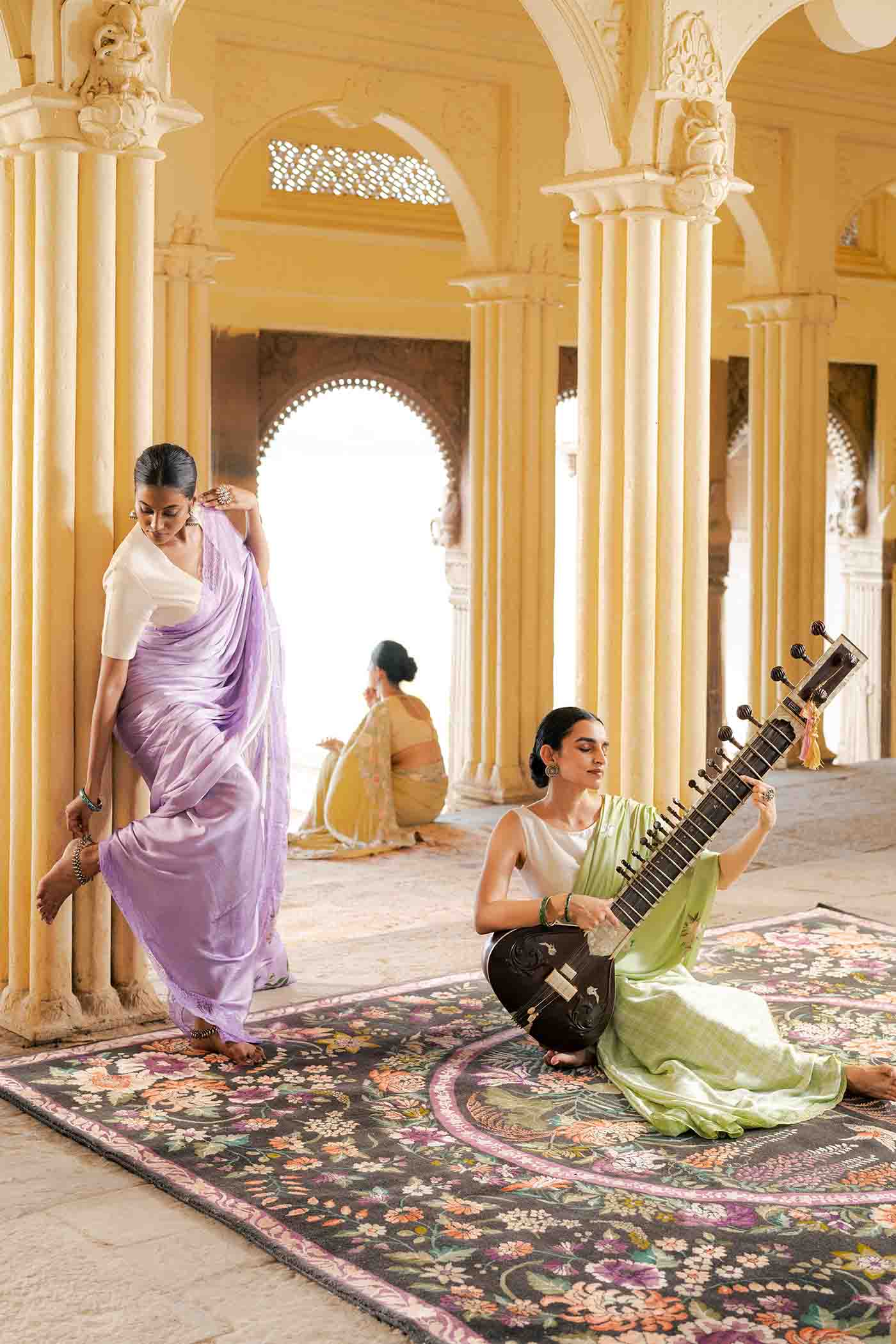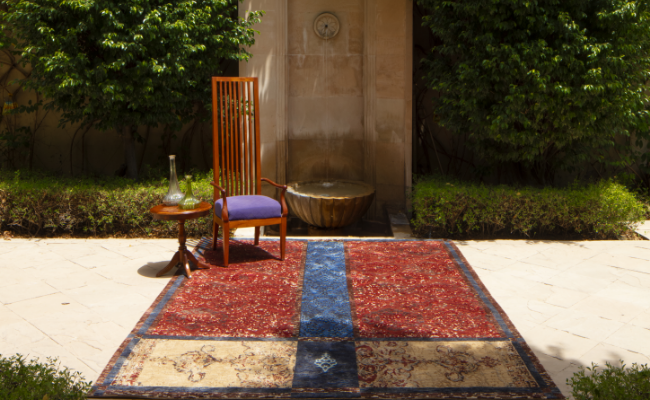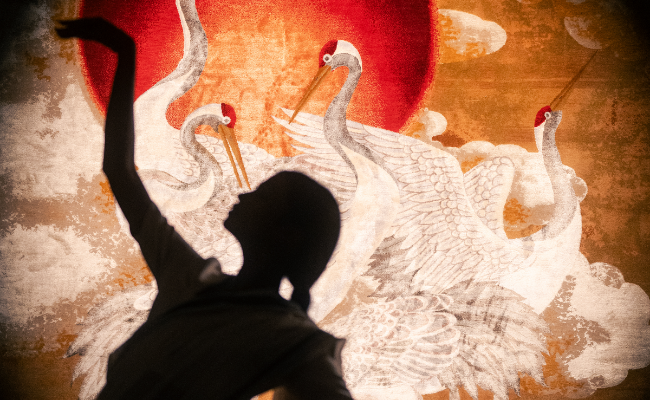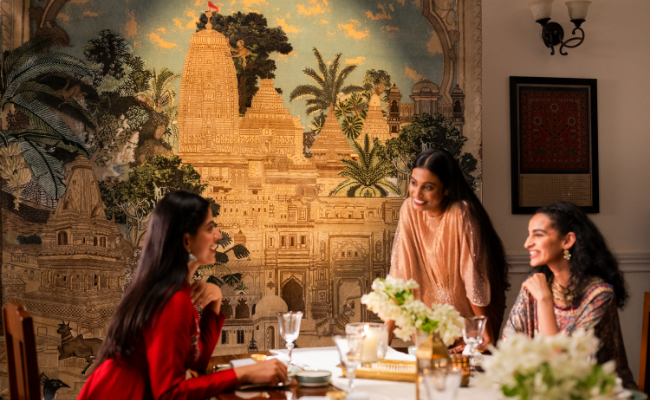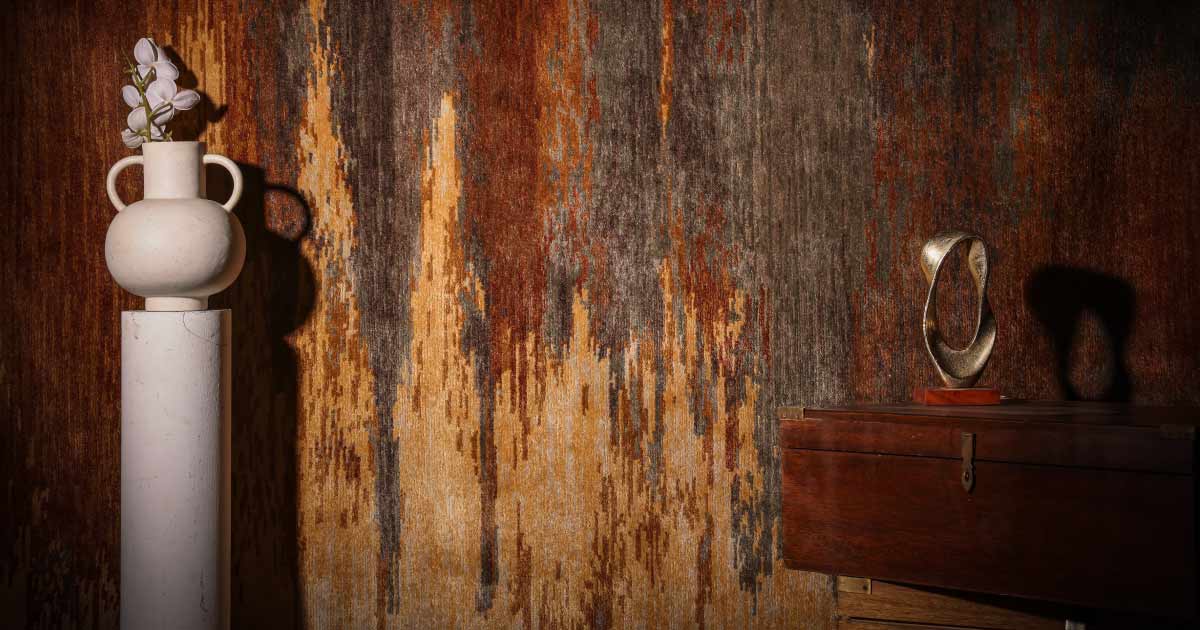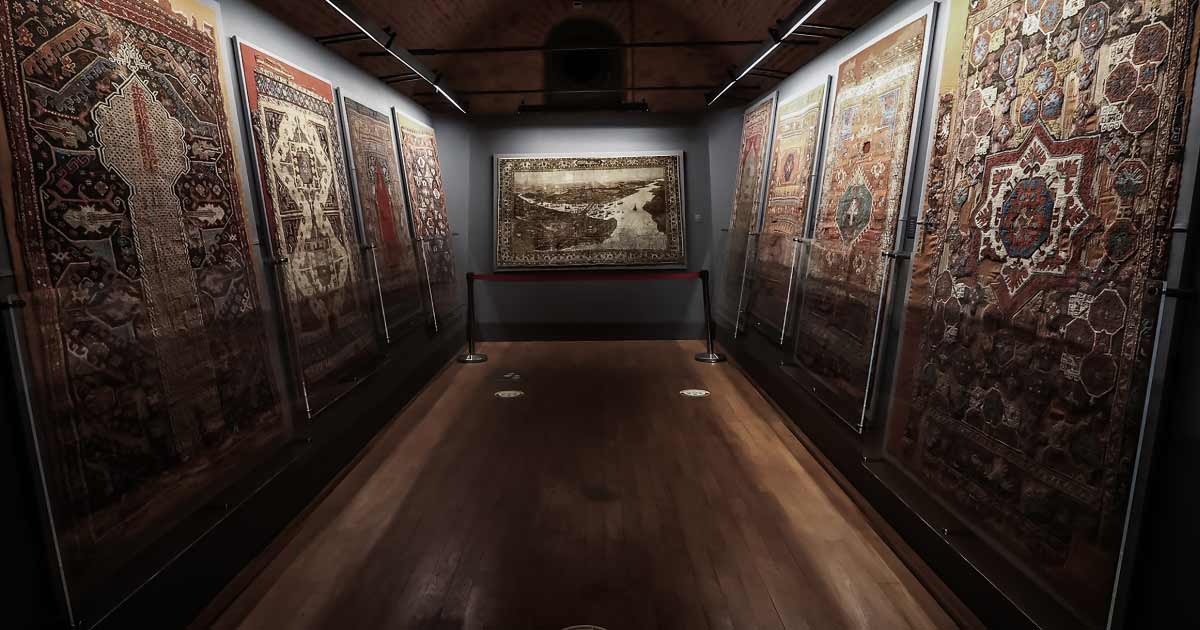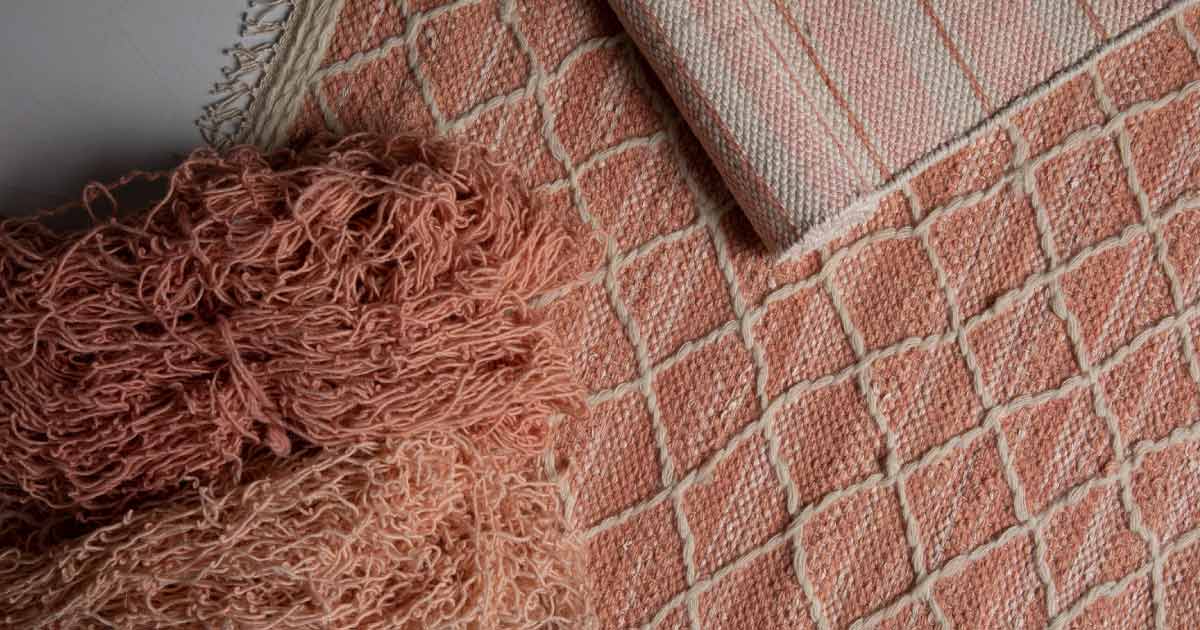
Reviving The Lost Technique: The Art of Natural Dyeing in Rug Making
Colors have always been of utmost importance to every realm of existence. They can capture every essence of life, such as culture, religion, tradition, and even commerce. Along with expressing emotions colors help us distinguish things and act as a tool of attraction. Since the dawn of time, in the world of trade, colors have been the major push for sales. There is just something about vibrant hues that appeal to people. Just like in a kids’ gaming zone, the colorful atmosphere seeks the attention of the young minds, attracting them to come and play. Every business today in the market irrespective of its genre makes sure to keep attractive packaging, and a beautiful palette of vibrant hues to attract customers. A suitable color scheme for your product is enough to promote it in the marketplace.

Dyeing articles is an art. One needs to be extra careful to obtain that exact shade. Specifically in the world of interior design, every hue plays a crucial role in making your home attractive. Rugs, one of the oldest articles in this realm, set the base of your home. It is necessary to pick the right shade for your handmade rug as it will assist you in setting the theme and the color scheme of your place. In recent times, technology has taken over, and adding colors to the yarns of these handmade masterpieces has become a piece of cake. We know that handling this advanced technology is as easy as it sounds but once the machine is set up, everything is done on its own. Earlier, everything was done by hand, from the manufacturing of these carpets to dyeing the yarns.
Before technology came into the picture, the process of dyeing yarns was an intricate craft passed down through generations, just like the art of knotting a carpet. Natural sources like fruits, insects, and other earthy items were carefully harvested and prepared to extract their vibrant-hued pigments. After processing and adding in the necessary components, yarns of wool, cotton, and jute were dyed through immersion techniques and dye baths. Each step in this process was an affectionate effort of the labor, the artists who mastered the delicate balance of time, water temperature, and ingredients to derive the perfect shade. In the 19th century, synthetic dyes were discovered, and the art of natural dyeing gradually fell into obscurity. The time-intensive technique was overshadowed by the quick and long-lasting processes of dyeing. Residing beneath the modern and comprehensive processes, the traditional methods of dyeing still exist.
In the contemporary world, there still are people who respect art. They believe in hamade products, crafted using natural materials that are dyed naturally. Artists, environmentalists, and even a few decor enthusiasts are drawn to sustainability and eco-friendly aspects and the natural beauty poured by handwork into the articles. Out of a few brands, we, Obeetee Carpets stand strong with the power of handmade. From the mere sourcing of our raw materials to the entire dyeing process and crafting of the carpets, everything is done by the hands of skilled personnel, using natural products.
One such example of natural dyeing is using indigo powder for green and blue shades and turmeric for the bright yellows. In many local villages and dyeing communities, these materials are used as mordants. Although modern techniques have reached even in the villages, there are still some artisan families who inherit the art of dyeing yarns naturally from their previous generations and are supporting their livelihood. Slowly, this suppressed trend is coming back to life as people are more concerned about the environment. Technologically advanced dyeing units have increased the carbon emissions in the atmosphere, dominantly affecting the goal of sustainability. In our facility in Mirzapur, our professionals use rice husks to power up the semi-automatic dyeing units that process the natural materials we extract from the dyes. The rice husk helps us to reduce carbon emissions along with limiting our use of fossil fuels.
Dyeing yarns naturally is no easy task but keeping the environment safe is necessary. By following some traditional practices, we at Obeetee Carpets aim to bless your space with vibrancy through our products. As we sail the boat of sustainability in the world of rug-making by reviving traditional methods of dyeing and craftsmanship, we make sure to provide you with products that add life to your home but also keep you and the environment safe. Continuing and keeping alive the dyeing methods of the ancient civilizations, we look forward to reviving and bringing this art back to the surface.
If you wish to learn more about the art of dyeing or seek more information about our methods and products you can visit the blog section of our website. To purchase any of our naturally dyed, handmade carpets you can visit any of our flagship stores located in Delhi, Mumbai, Hyderabad, Bangalore, Jaipur, and Kolkata or our e-commerce platform https://www.obeetee.in/.


